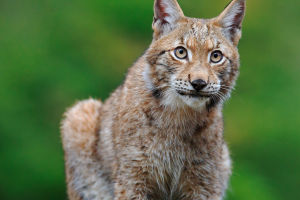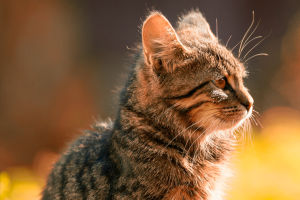The penguin is a bird that lives in and around Antarctica and is one of the very representative animals. With their unique appearance and behavior, they are rare and protected animals.
1. Appearance of penguins
Penguins have a very distinctive appearance, with a streamlined body, white belly and chest, and black or dark gray back and wings. Their wings are not suitable for flight but for swimming and balancing.
They have a rounded head with a pair of black round eyes and a triangular-shaped beak that is orange or pink in color. Larger penguins can reach a height of over 1 meter and can weigh around 30 kg.
2. Penguin's habitat and living habits
Penguins are mainly found in Antarctica and the surrounding waters, South Africa, New Zealand, and other places. They live in glaciers, coastlines, oceans, and other environments.
Penguins are very good swimmers, chasing prey and avoiding predators in the water, and can stay underwater for up to 20 minutes.
They use their wings to balance their bodies and use their paws to walk on ice.
Penguins are carnivorous birds that feed on fish, crustaceans, krill, and octopuses. They usually feed in the ocean and are fast swimmers, able to chase their prey through the water.
3. Penguin breeding behavior
The breeding season for penguins is usually in the fall or winter, and they will nest on ice or rocks along the coast.
The female lays an egg and the male incubates the egg, which usually takes 30 to 40 days. During incubation, the female will leave the nesting area to search for food. Once incubation is complete, the chick will remain in the nest until it is self-sufficient.
Penguins usually nest and breed in the same location, forming a regular colony.
4. Conservation status of penguins
Penguins are a rare and protected species, protected by the IUCN (International Union for Conservation of Nature).
Changes in the natural environment and the impact of human activities have posed a threat to the survival of penguins. Global warming has led to a decrease in sea ice in Antarctica, affecting penguin habitat and food sources. At the same time, human activities such as commercial fishing and water pollution have also impacted the survival of penguins.
Therefore, protecting penguins and their habitats is an important task to preserve ecological balance and biodiversity.


